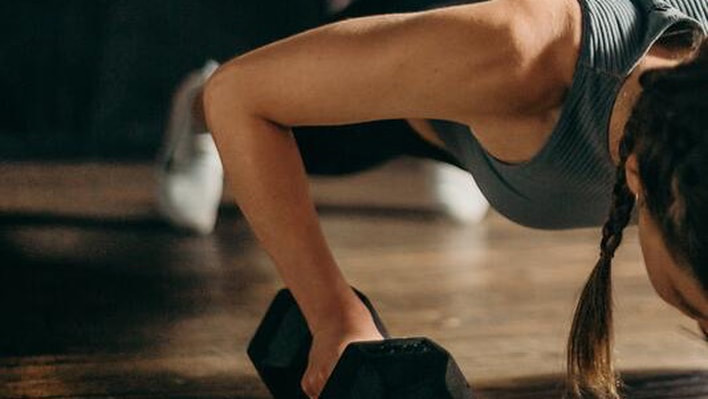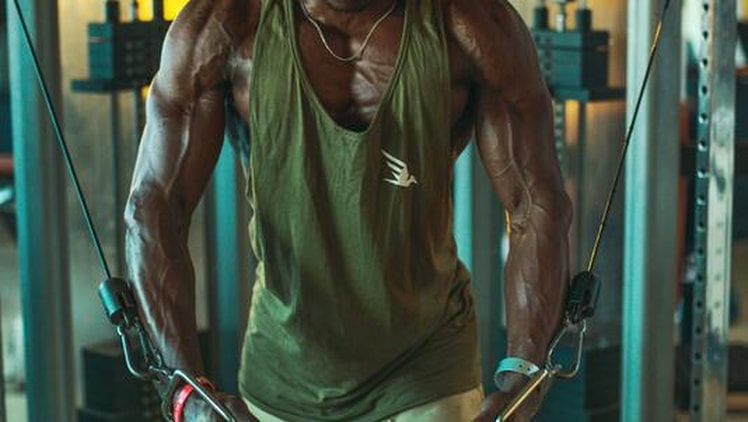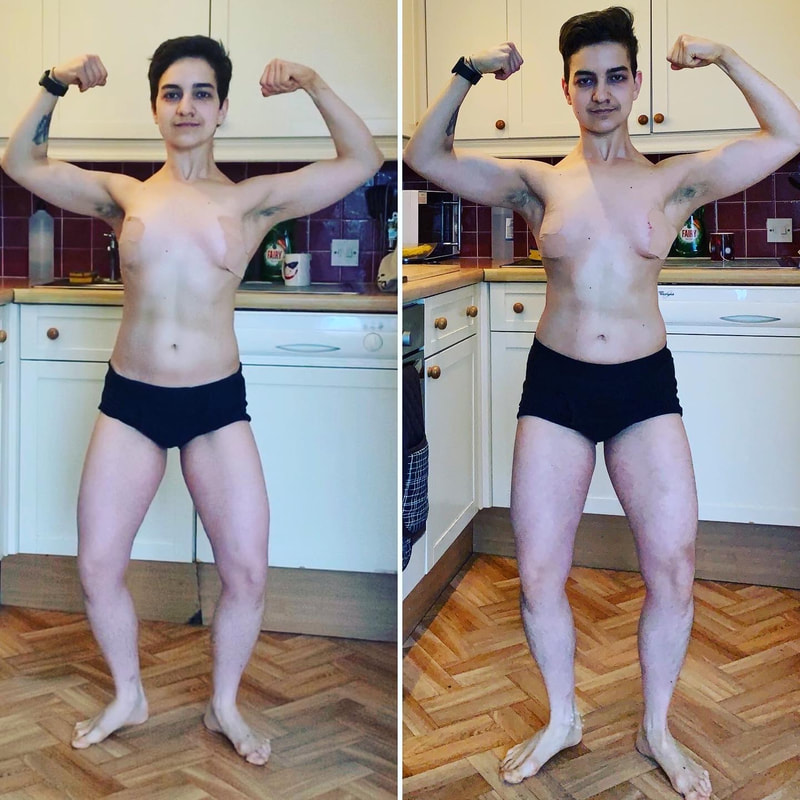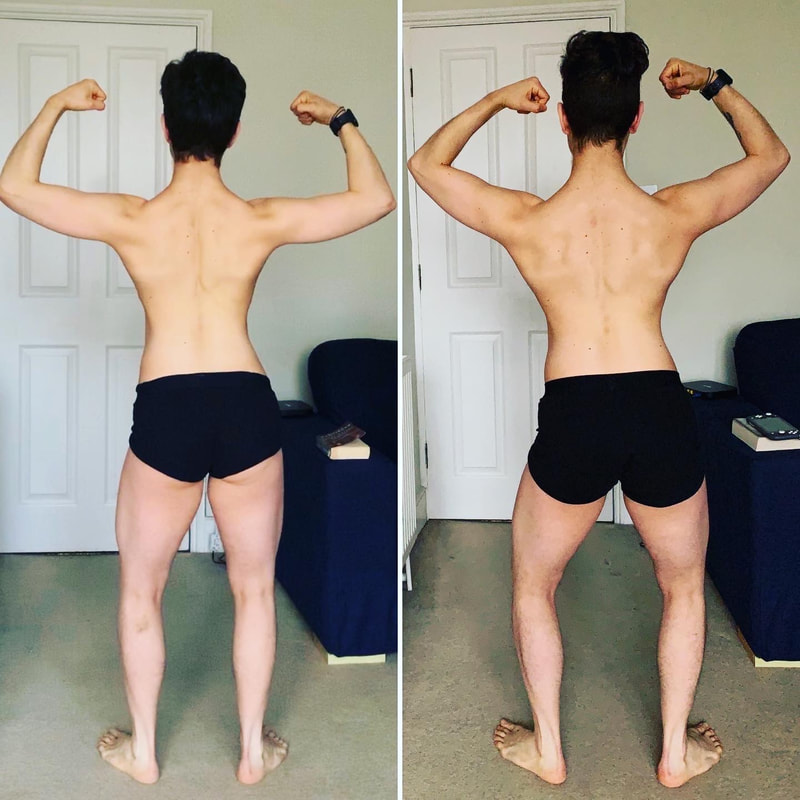The resistance that you fight physically in the gym and the resistance that you fight in life can only build a strong character. A double mastectomy, colloquially known as “top surgery”, can be one of the most life-changing experiences for a gender-diverse individual who was assigned female at birth.
Since the beginning of my coaching career, I’ve had the honour of helping multiple clients prepare for this procedure and safely return to training once recovered. In this article, I’m going to share training and nutrition practices to create a sustainable and effective top surgery prep plan that I’ve been learning, perfecting, and developing for years. So, if your top surgery is coming up, read on.
0 Comments
Most calorie and macronutrient calculators ask for your sex. As a gender-diverse person, which do you pick if you’re on hormone therapy?
The application of consistent, logical effort, over a prolonged period is the key to reaching your physical muscular potential. Updated March 9th, 2022.
When I realised I was transgender in 2018, I started bodybuilding because I wanted to sculpt a more gender-affirming physique. For nearly three years, I’ve been honoured to help dozens of clients achieve the same goal. With this article, I want to help you do the same. This piece is therefore going to cover:
Before we start, I want to make a clarification: this guide can help you at any stage of your fitness journey, whether you’re on testosterone replacement therapy or not. Anyone can build muscle with resistance training, including those who are pre-testosterone or will never take any. Furthermore, the benefits of exercise go above and beyond your appearance and include improved mood, higher energy levels, and increased self-confidence, among others. What better way to grow into the person you were always meant to be? For this reason, I encourage you to begin training as soon as you can. Even if you chose to never start hormones, you’d still be able to put on an euphoria-inducing amount of muscle that you wouldn’t have if you didn’t train. I speak from experience, as I was determined to take my physique as far as I could before beginning my medical transition. I first started lifting in June 2018, but didn’t have access to TRT until March 2020. In addition to the physical results – which I believe have been greater than if I had waited almost two years until I could start testosterone – training and nutrition have helped my mental health, relieved my dysphoria, and benefited my relationship with food. But enough about me. If you want to learn more about my story, you can read this article. If you’re here for the gains, let’s get started. One month on testosterone therapy versus three months In this month’s update on my journey as a transgender bodybuilding trainee, I’m going to talk about my experience with medical transition from female to male and the effects this has had so far on my training, nutrition, and body composition.
At the time of writing, I have been medically transitioning for four months, from March 13th 2020, but I will primarily reflect on the first three months. The aim of the article is to cover:
The purpose of this piece is to share my experience in order to educate transgender and non-transgender individuals alike, and to provide anecdotes and observations on how medical transition can change training, nutrition, and body composition in a transgender person who trains to improve their physique. As a final disclaimer, I want to point out that this is only my experience. I am not a medical professional, so I am not going to offer any form of advice. Anything I share in this article is personal, individualised to me, and meant to inform, not make recommendations. Without further ado, let’s delve into the update. Bodybuilding saved my life because I overcame the nerd stage. I got picked on. I was fascinated with power, and then I decided to take that direction because I knew that would make me feel good about myself. This post was originally published on the Trans Can Sport blog. Growing up, I couldn’t connect with either fitness or my gender identity.
I was an overweight teenager, who thought exercise was a means to lose weight and “eating healthy” meant “eating less”. I would look in the mirror and all I could see was rolls of flesh in the wrong places. I would go to PE class and all I could hear were my peers’ jeers and jabs at my chubby shape. I hated to look at myself and I hated physical activity. So I never actually got to know my own body. And, when I did, it was in the most self-destructive, hateful way possible. I have always been an ambitious person. When I set myself a goal, I pursue it to the end of the earth. At 15, I made myself a promise: I would lose my excess weight. |
Nikias TomasielloWelcome to my blog. I’m an online fitness coach with a passion for bodybuilding, fantasy, and bread. Want to work with me? Check out my services!Archives
May 2024
Tags
All
|
Follow me on social media |
Get in touch |
© 2018-2023 Veronica Tomasiello, known as Nikias Tomasiello – All rights reserved






 RSS Feed
RSS Feed